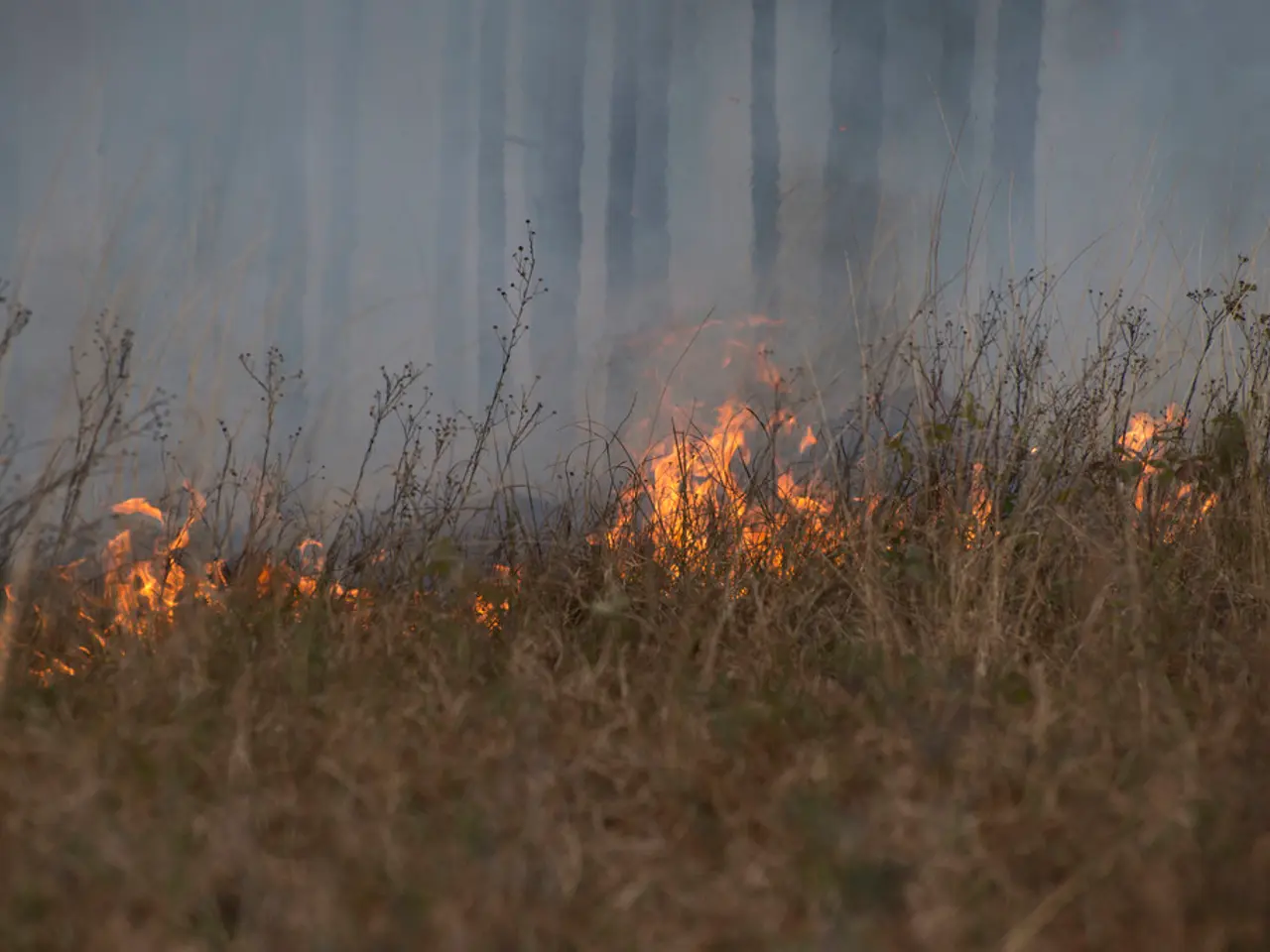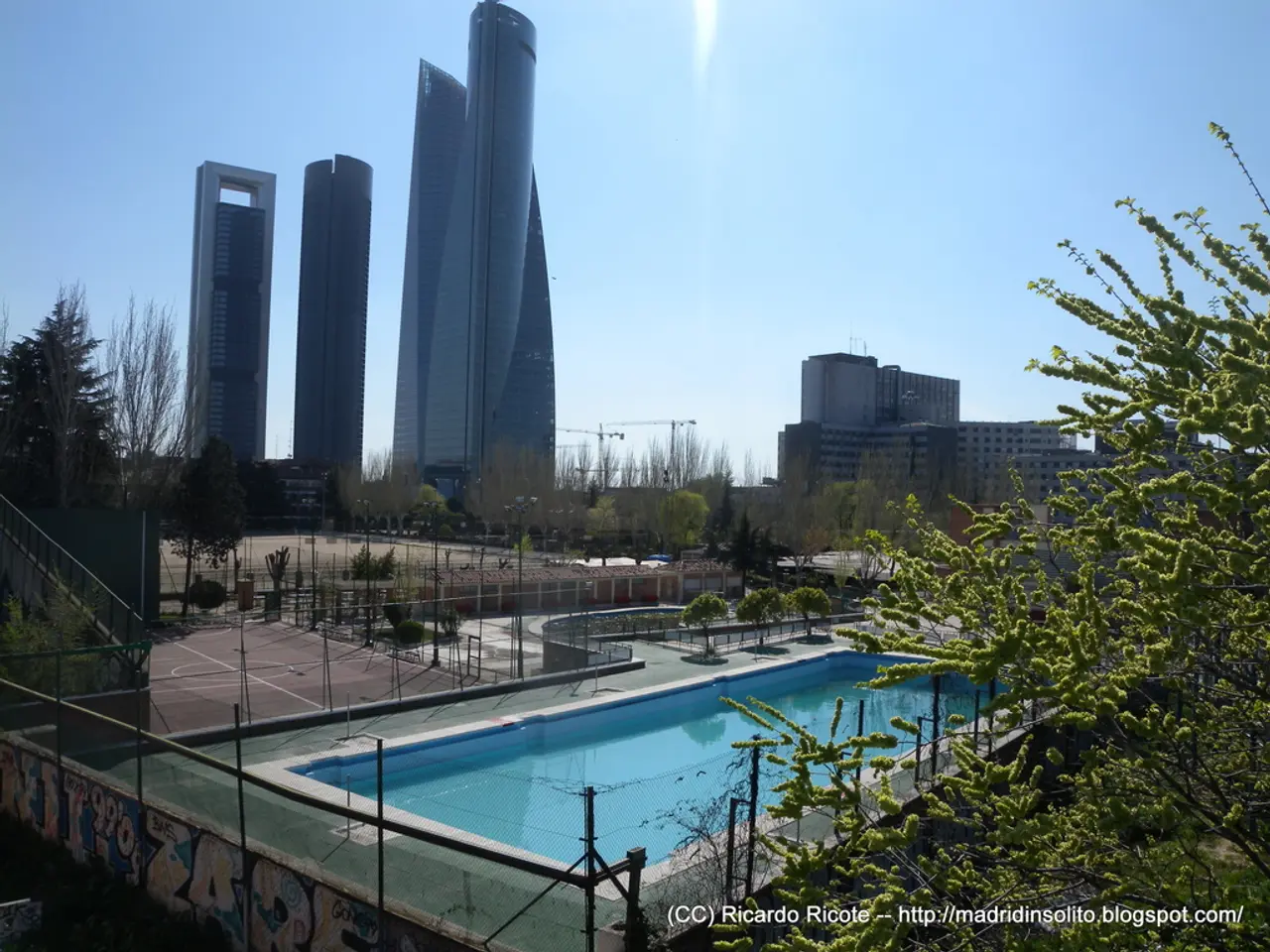Wildfire Smoke and Its Impact on Plant Growth
Guidelines for revitalizing your garden and vegetation post-wildfire smoke: Expert insights for restoring your flower beds and borders.
Wildfire smoke can significantly affect plant growth, with various consequences for ecosystems around the world, particularly those with Mediterranean climates like California.
Reduced Sunlight Intensity
Smoke from wildfires acts like a haze, reflecting and scattering sunlight, which reduces the total amount of light reaching plants. This reduction can limit the plants' ability to produce energy, potentially reducing growth and yield, especially during critical development periods like grain filling in crops.
Increased Light Diffusion
Although overall light intensity decreases, wildfire smoke increases the fraction of diffuse (scattered) light, which can penetrate deeper into plant canopies. This can enhance light use efficiency by lower canopy leaves, sometimes partially compensating for reduced total light.
Elevated Ground-Level Ozone
Smoke contains ozone precursors, leading to higher ground-level ozone concentrations, an air pollutant harmful to plants. Ozone damages plant tissues, interfering with photosynthesis and causing yield reductions. Dicot crops like soybeans tend to be more sensitive than monocots like corn, but both can suffer losses when ozone is elevated during smoke events.
Physiological Response - Gas Exchange Inhibition
Research on trees (e.g., ponderosa pines) shows that heavy smoke exposure can cause leaves to close their pores (stomata), halting gas exchange. This effectively makes the plant "hold its breath," stopping CO2 intake and photosynthesis temporarily, further reducing growth.
Steps to Mitigate Damage After a Wildfire
- Minimize Soil Disturbance and Ash Exposure: The Centers for Disease Control and Prevention recommends minimizing disturbance of ash deposits on soil to prevent inhalation risks and soil degradation. When cleanup is necessary, using protective equipment like HEPA-filtered masks and dampening ash to reduce dust is advised.
- Soil Testing and Health Assessment: Post-fire soil testing is important to evaluate nutrient loss, pH changes, and contamination. This information guides remediation such as amendments to restore soil fertility and structure vital for healthy plant regrowth.
- Support Plant Recovery: Common agricultural and ecological recovery practices after wildfires include:
- Irrigation management to alleviate drought stress.
- Fertilization based on soil test results.
- Replanting or seeding native or crop species suited to local conditions.
- Monitoring for pest and disease outbreaks, which can exacerbate smoke stress.
Given the increasing frequency and intensity of wildfires, understanding the complex effects of smoke on crops and forests is critical to develop resilient growing systems and effective mitigation strategies.
- In the field of environmental science, it's essential to research the impact of wildfire smoke on crop growth, considering its effects on photosynthesis and the structural vulnerability of different plant species.
- Adopting sustainable landscaping practices in home-and-garden settings can help minimize the impact of wildfire smoke on plants, such as minimizing soil disturbance after a fire and supporting plant recovery through proper irrigation, fertilization, and replanting with local species.




